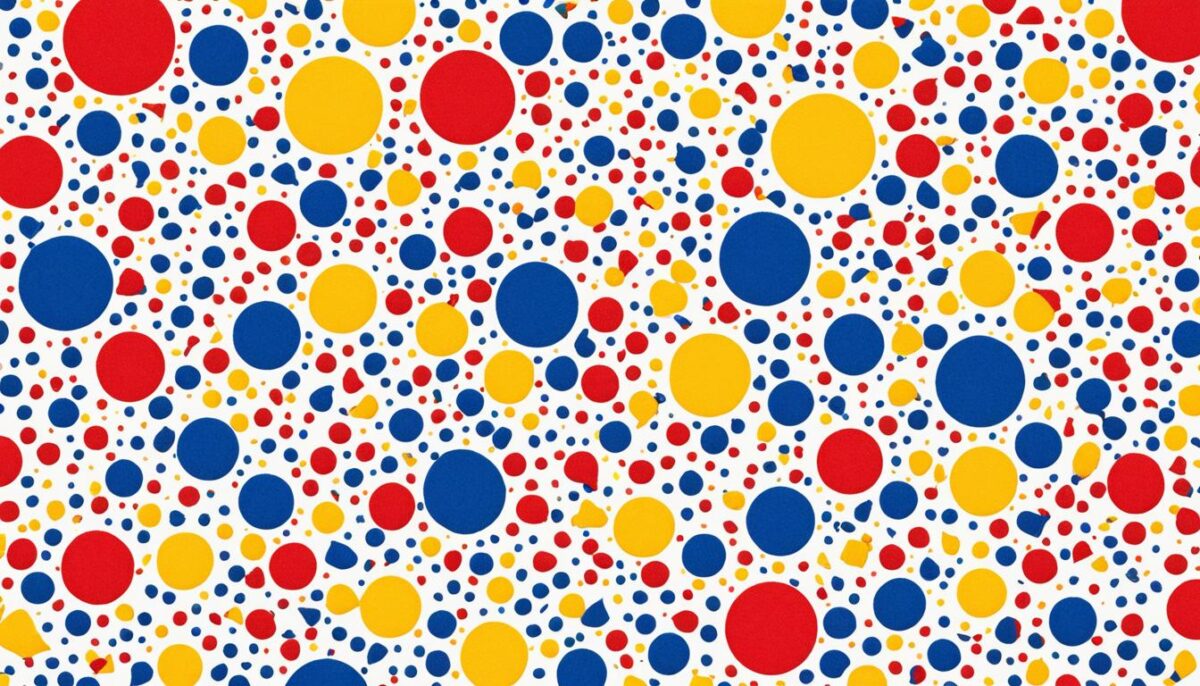In the world of web design, choosing the right color scheme is crucial for creating a visually appealing and user-friendly website. One important aspect to consider is the selection of primary colors. But what exactly is a primary color in web design?
Primary colors are the building blocks of any color palette. They serve as the foundation for the entire design scheme. In web design, primary colors are carefully chosen based on their ability to evoke certain emotions, convey specific brand values, and create a cohesive visual identity.
The primary colors used in a web design play a significant role in influencing the user experience. Different colors have the power to evoke different emotions and can greatly impact how users perceive and interact with a website.
Furthermore, primary colors are instrumental in establishing a strong brand identity for a website. Consistent use of primary colors across various elements, such as the logo, typography, and overall design, helps create a recognizable and memorable brand image.
This article will delve deeper into the concept of primary colors in web design, exploring their significance and characteristics. It will also discuss the impact of primary colors on the user experience and how they can be leveraged to build a strong brand identity. So, let’s dive in and discover the power of primary colors in web design!
Understanding Primary Colors in Web Design
Primary colors are the foundation of every color palette, providing the basis for an effective web design. In the realm of web design, primary colors are a set of colors selected to convey specific brand values, evoke desired emotions, and create a cohesive visual identity.
When choosing primary colors for a website, it’s important to consider their psychological impact and their ability to communicate the brand message accurately. Primary colors should align with the brand’s personality and target audience, creating an immediate connection and fostering a positive user experience.
- Primary colors can evoke different emotions and associations. For example, red often symbolizes passion, energy, and excitement, while blue is often associated with trust, professionalism, and reliability.
- The selection of primary colors should also consider color harmony and contrast to ensure easy readability, accessibility, and visual appeal.
- Primary colors play a crucial role in establishing a consistent brand identity across various elements, such as the logo, typography, and overall design scheme.
To illustrate the significance of primary colors in web design, let’s take a look at an example:
A popular e-commerce website, XYZ Fashion, utilizes primary colors to create a visually stunning and brand-relevant experience for its users. The primary color palette consists of bold shades of red and black, representing passion, elegance, and sophistication.
The website’s homepage features stunning product images displayed on a sleek black background, creating a high contrast and visually impactful design. The primary color red is strategically incorporated into call-to-action buttons and navigation elements, drawing attention and guiding users through the site.
Through the careful selection and implementation of primary colors, XYZ Fashion has successfully established a strong brand identity that resonates with its target audience.
In conclusion, primary colors are essential in web design as they form the foundation of a cohesive and visually engaging user experience. By understanding the significance and characteristics of primary colors, web designers can create impactful designs that align with brand values, evoke desired emotions, and leave a lasting impression on users.
Impact of Primary Colors on User Experience
The primary colors used in a web design have a profound impact on the overall user experience. Colors play a vital role in capturing users’ attention, conveying messages, and evoking emotions. By strategically incorporating primary colors, web designers can enhance the user experience and create a visually appealing website.
Psychological Effects of Primary Colors
Different primary colors have distinct psychological effects on individuals, influencing their emotional and cognitive responses. For example:
- Red: This vibrant primary color is associated with energy, passion, and urgency. Its use can stimulate users and encourage them to take action.
- Blue: Often associated with trust, stability, and calmness, blue is a popular choice for conveying reliability and professionalism.
- Yellow: Yellow evokes feelings of happiness, optimism, and warmth. It can create a sense of positivity and joy on a website.
- Green: Symbolizing nature, growth, and harmony, green is often used to communicate sustainability, freshness, and health.
Understanding the psychological effects of primary colors allows web designers to select colors that align with the website’s objectives and target audience.
Affecting User Engagement
The choice of primary colors can significantly impact user engagement on a website. Colors can influence users’ perception of the brand, guide their attention, and affect their willingness to explore further. Consistent and thoughtful use of primary colors can enhance readability, create visual interest, and facilitate intuitive navigation.
Additionally, primary colors can evoke a positive emotional response and foster a connection between users and the website. By creating an aesthetically pleasing and emotionally resonant experience, web designers can increase user satisfaction and encourage repeat visits.
Tips for Using Primary Colors to Enhance User Experience
To optimize the impact of primary colors on user experience, web designers should consider the following tips:
- Understand the target audience: Research and analyze the preferences and cultural associations of the target audience to select primary colors that resonate with them.
- Create a cohesive color palette: Choose primary colors that complement each other and align with the brand’s identity and values.
- Use color psychology strategically: Leverage the psychological effects of primary colors to convey the desired mood and message to users.
- Balance color intensity: Ensure a harmonious visual experience by using a mix of bold and subtle primary colors appropriately.
- Consider accessibility: Keep in mind that colorblind individuals may have difficulty distinguishing certain color combinations. Use contrasting primary colors to ensure readability for all users.
By employing these tips, web designers can harness the power of primary colors to create an engaging and impactful user experience.
Building Brand Identity with Primary Colors
In the realm of web design, primary colors are not just mere components of a visual palette; they play a vital role in establishing a strong brand identity. By utilizing primary colors consistently throughout different elements such as the logo, typography, and overall design, a website can create a recognizable and memorable brand image.
Primary colors, carefully chosen to align with a brand’s values, evoke emotions and convey specific messages to the target audience. They harmoniously blend with other design elements to form a cohesive representation of a brand’s personality.
When a website maintains a consistent and intentional use of primary colors, it leaves a lasting impression on visitors and helps develop brand recognition. Furthermore, the choice of primary colors can establish a strong visual identity that differentiates a brand from its competitors.
In conclusion, primary colors are not just a matter of personal preference in web design, but a strategic element that contributes to building a brand identity. By leveraging primary colors effectively, websites can create a visual language that resonates with their target audience, communicates brand values, and fosters a memorable user experience.

